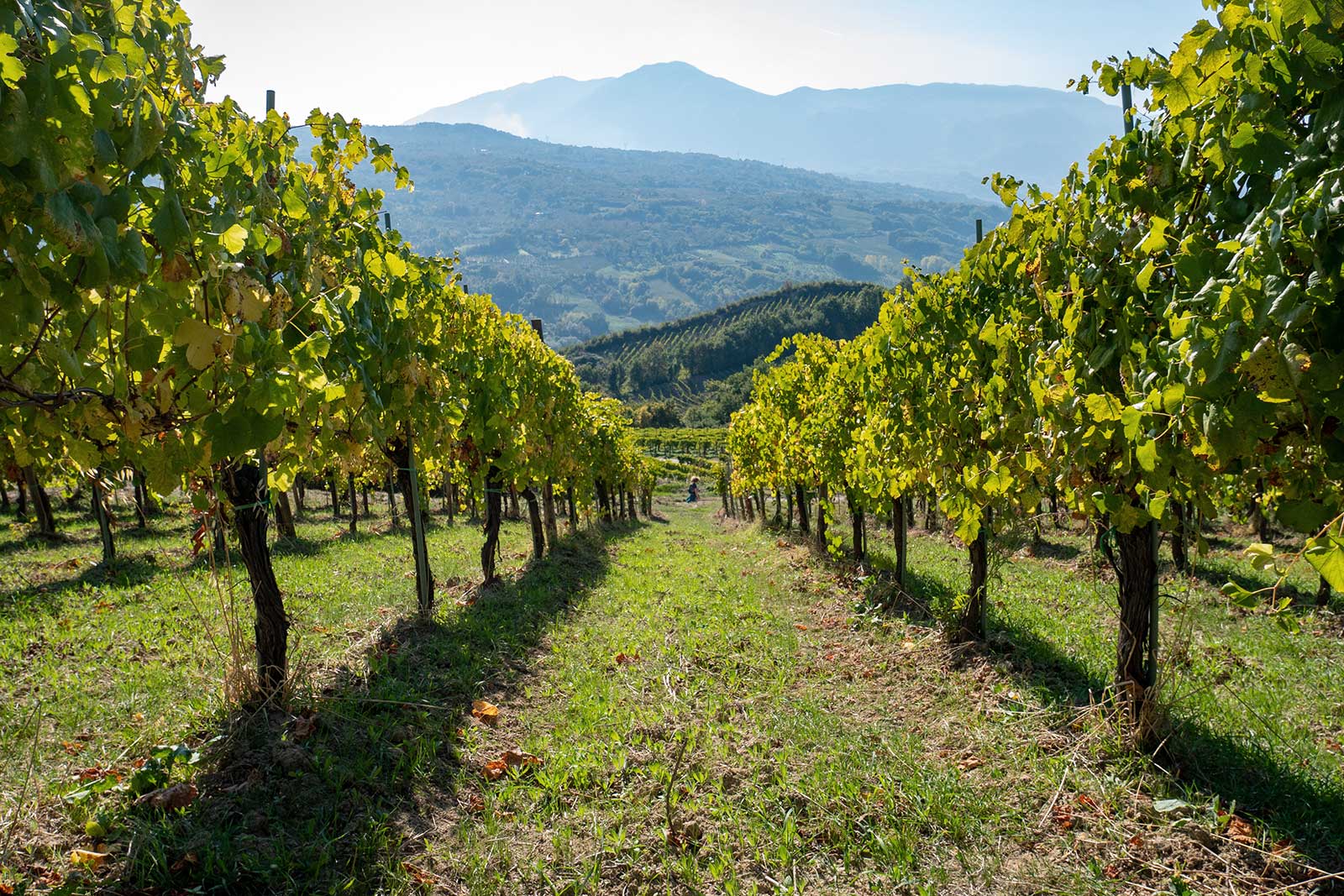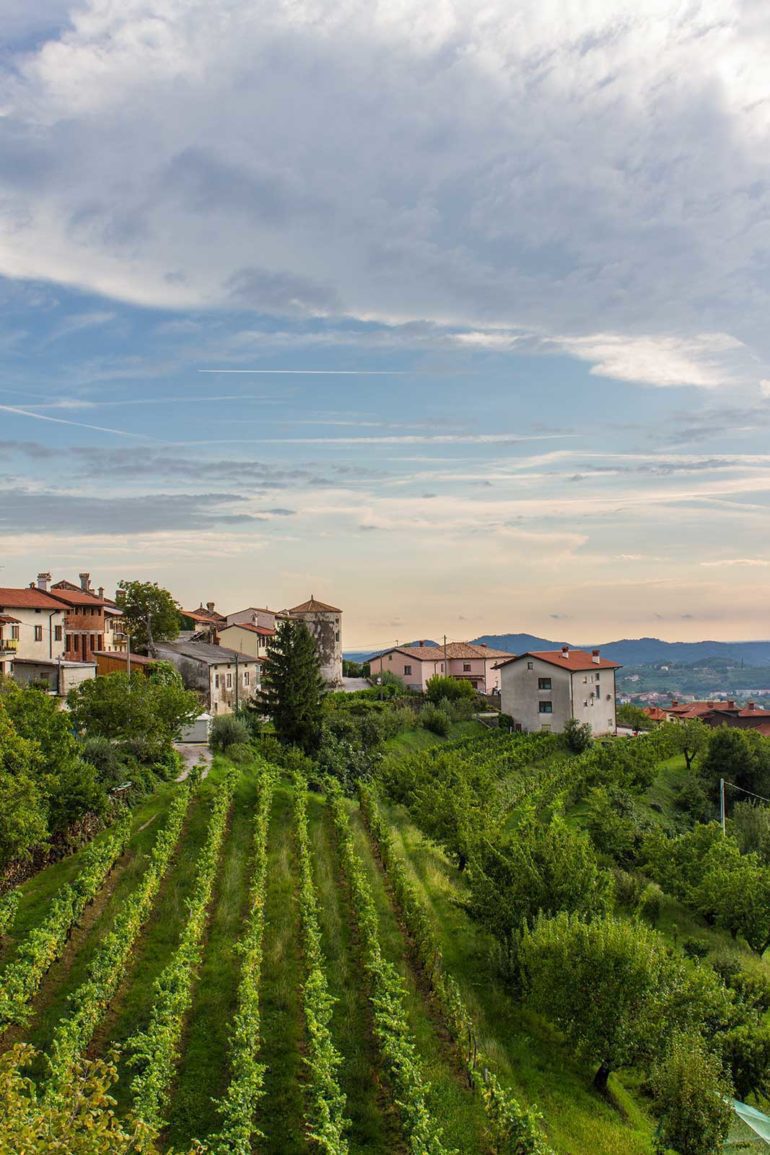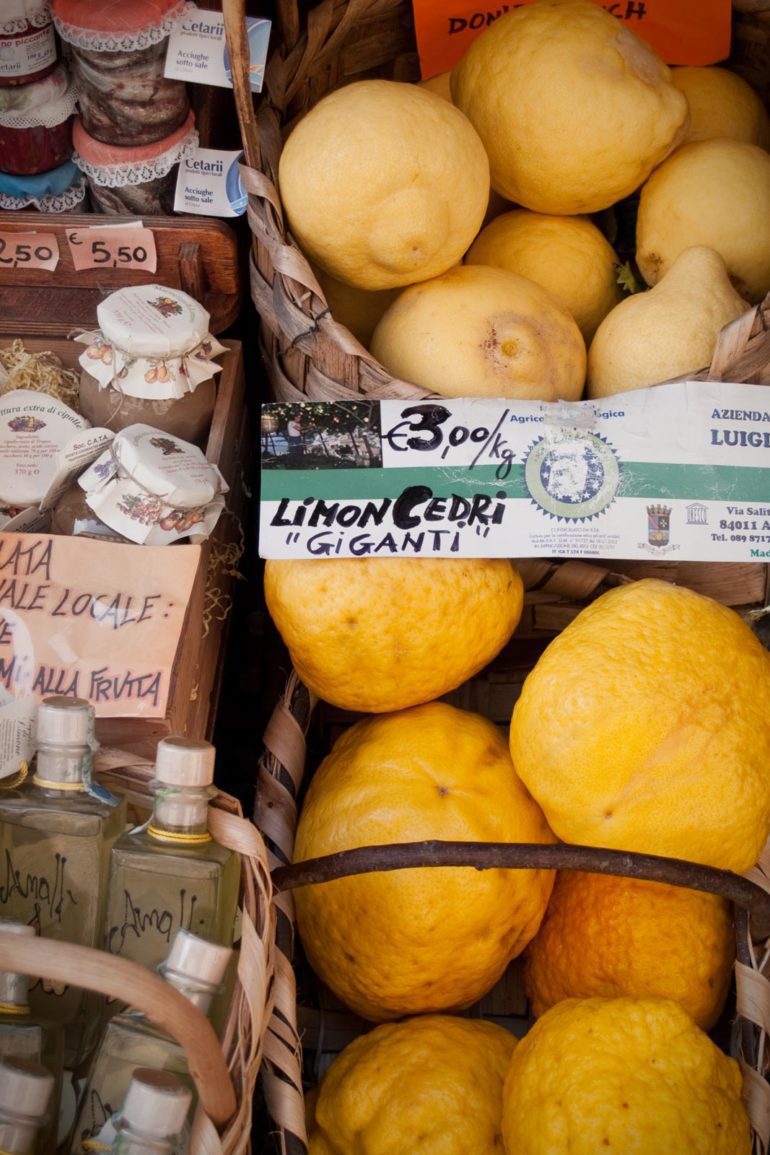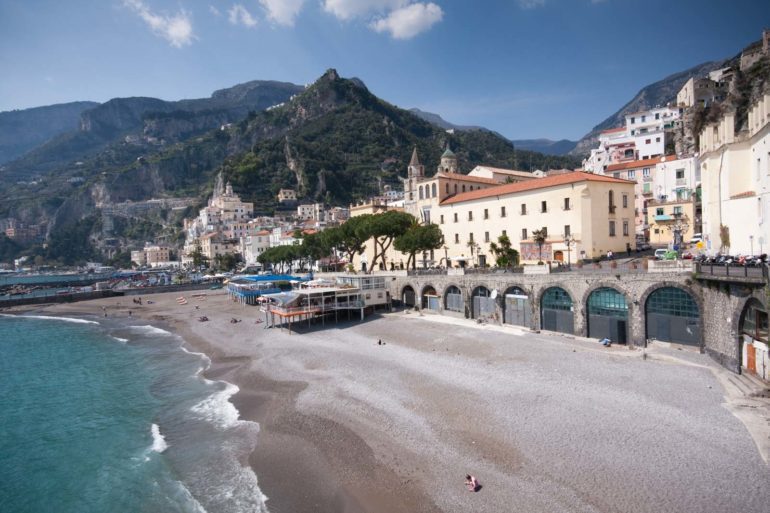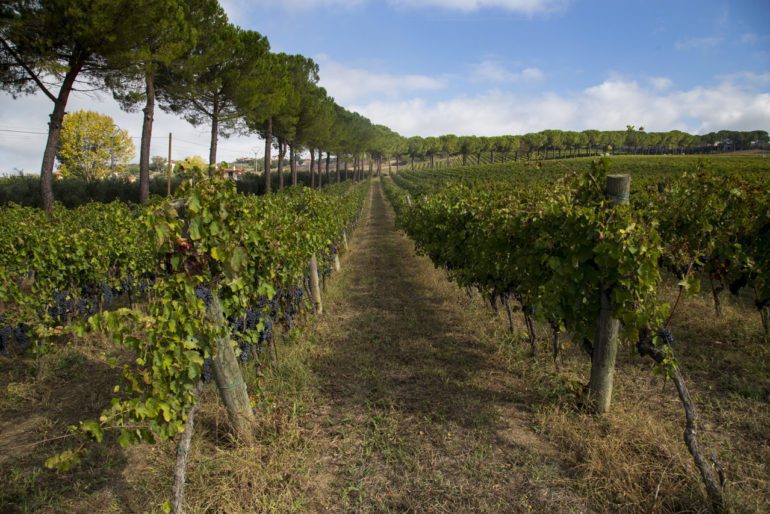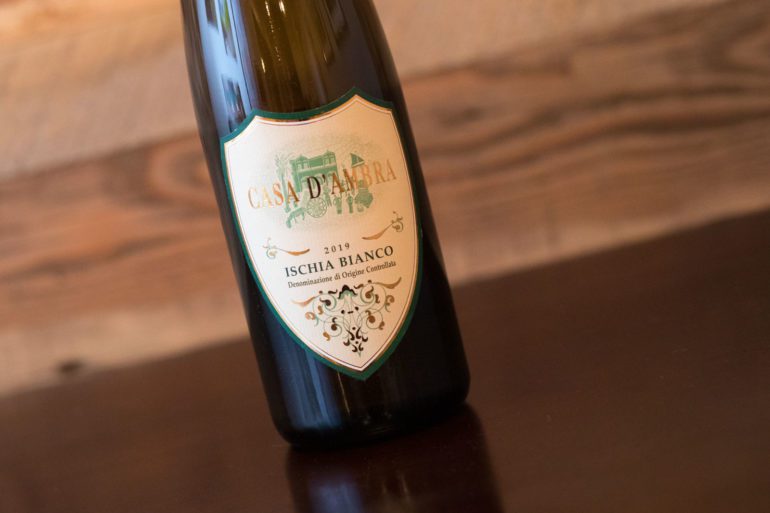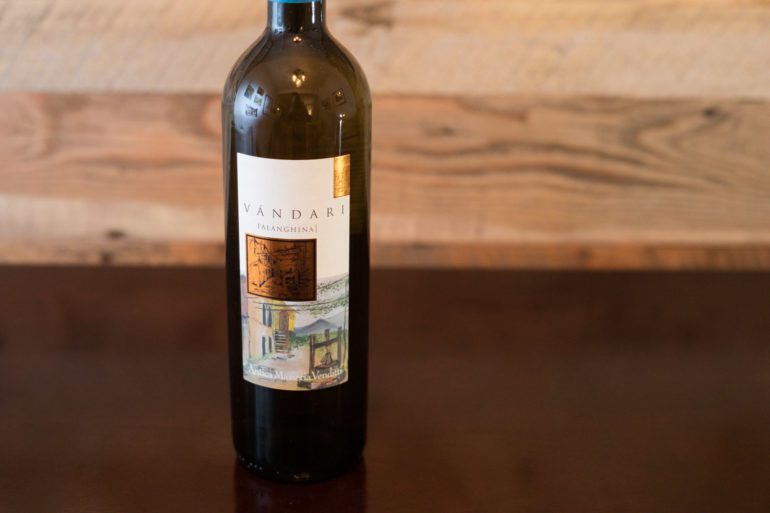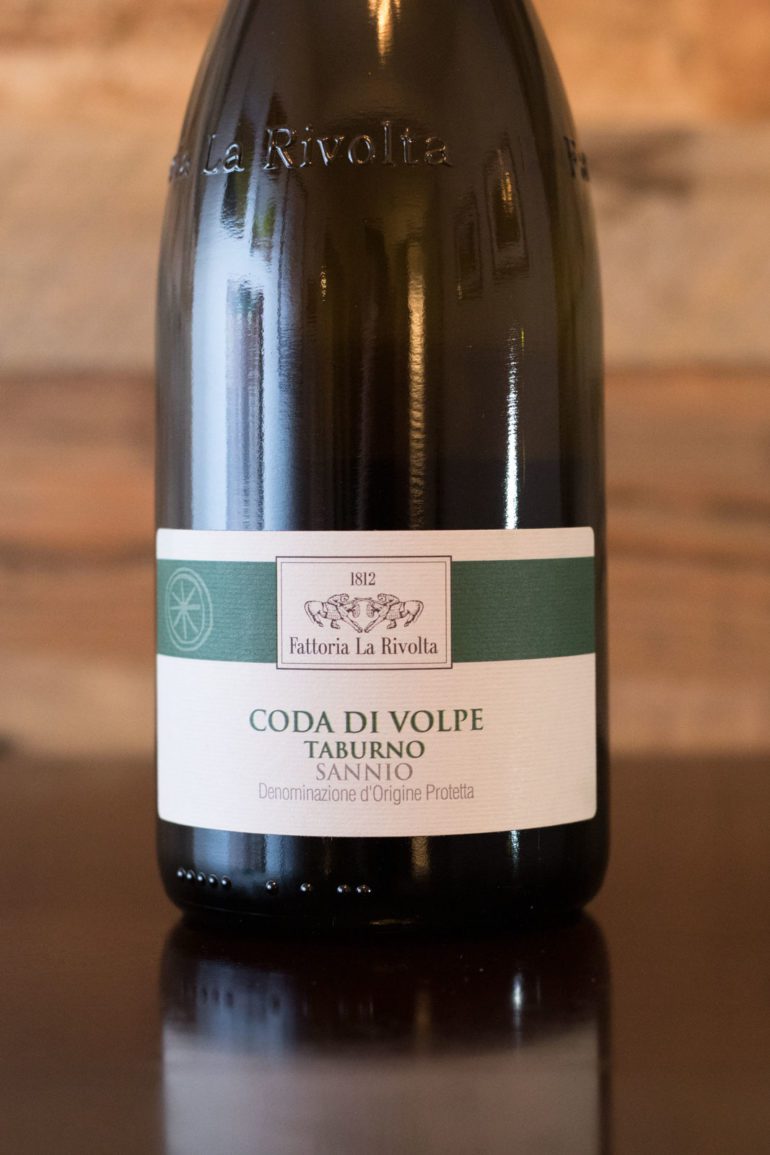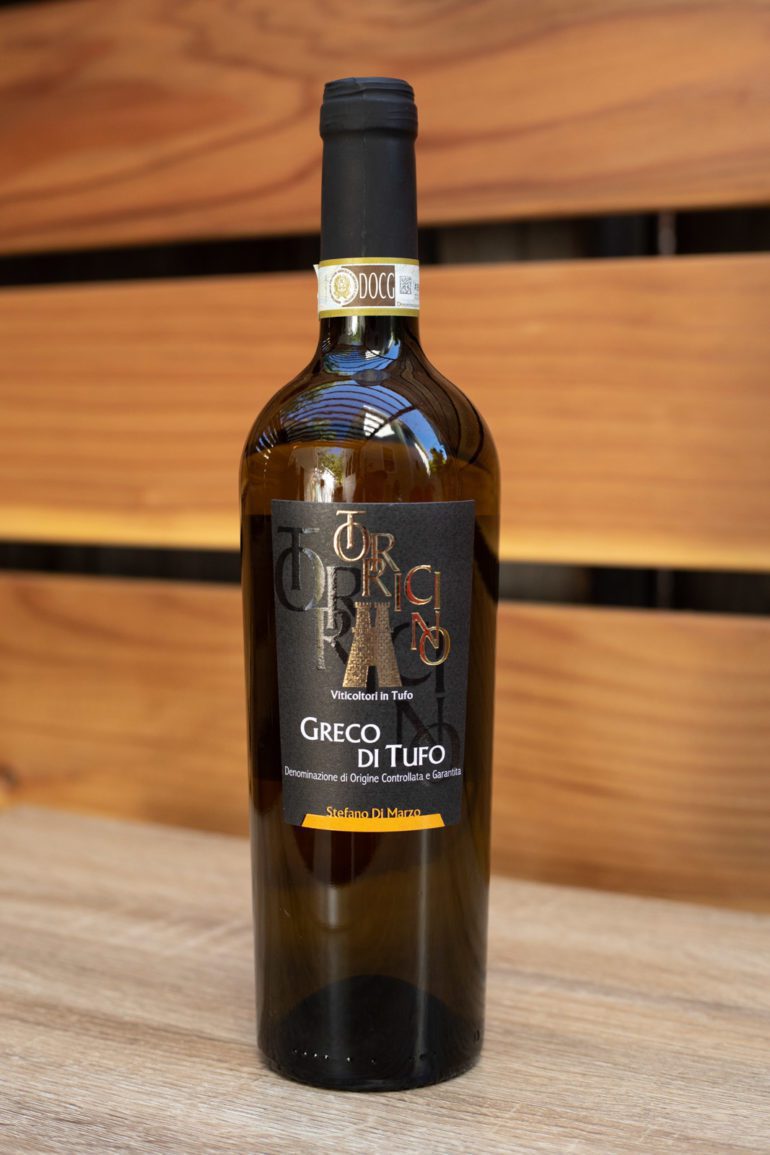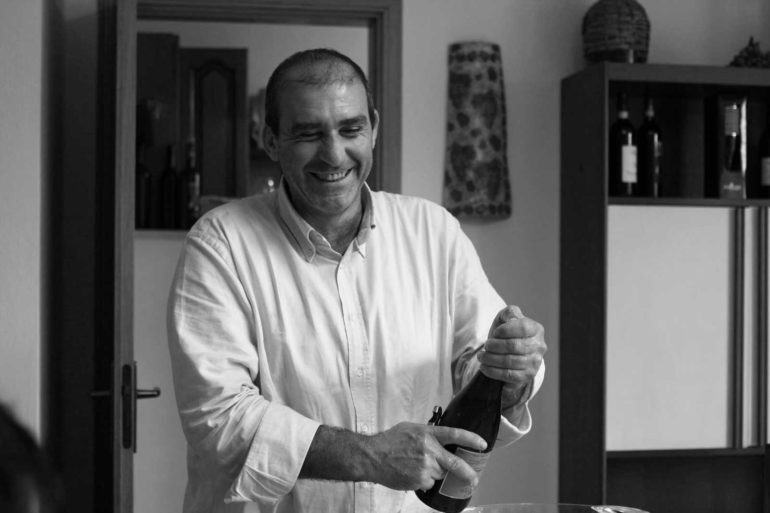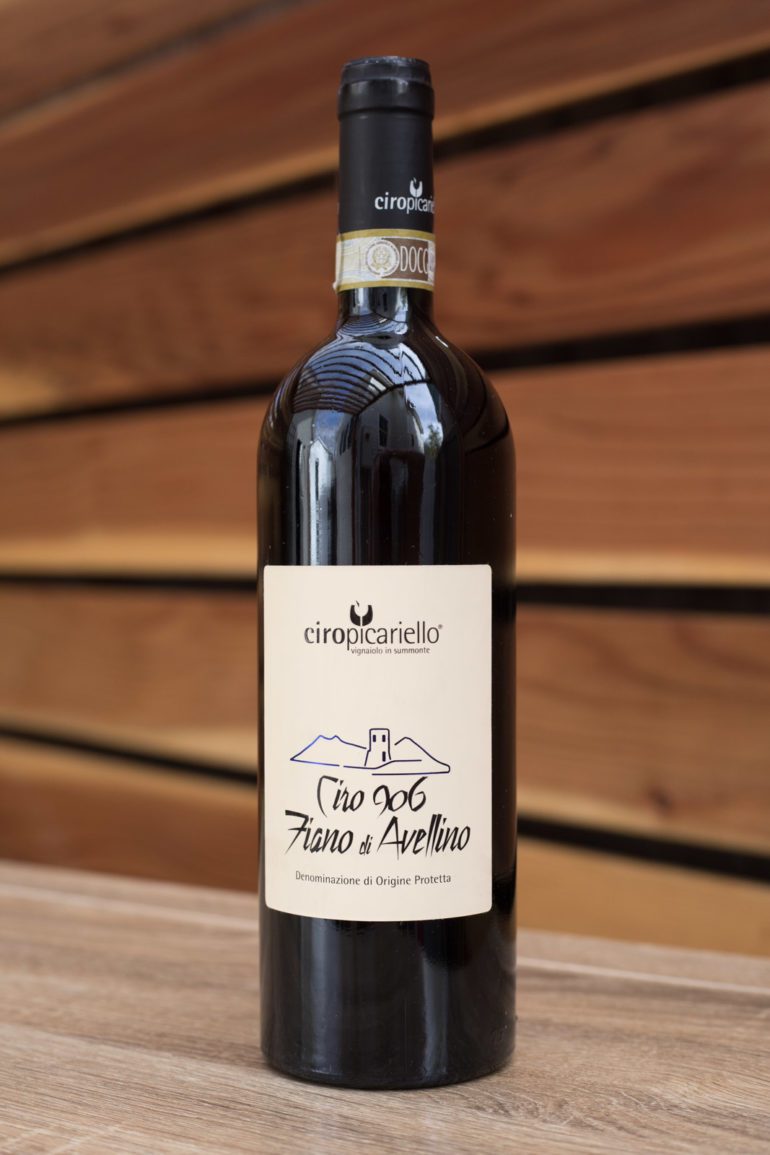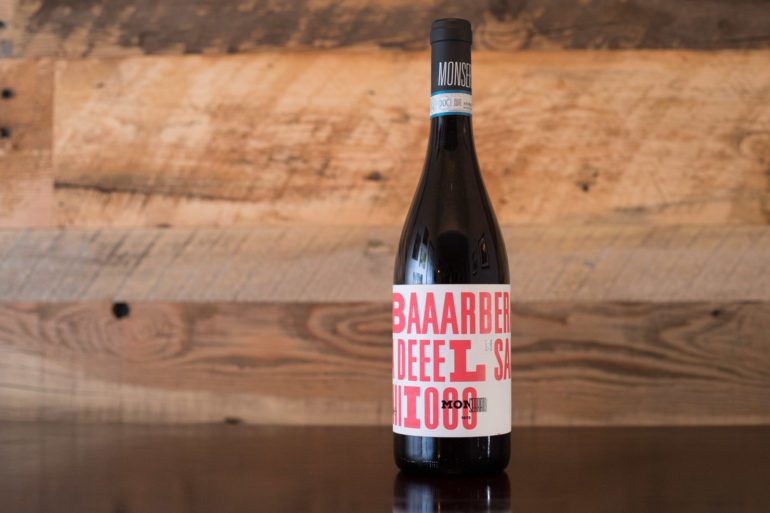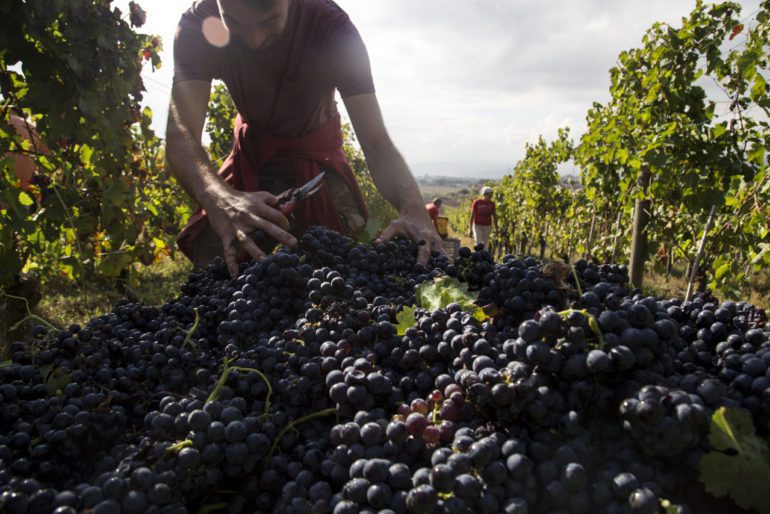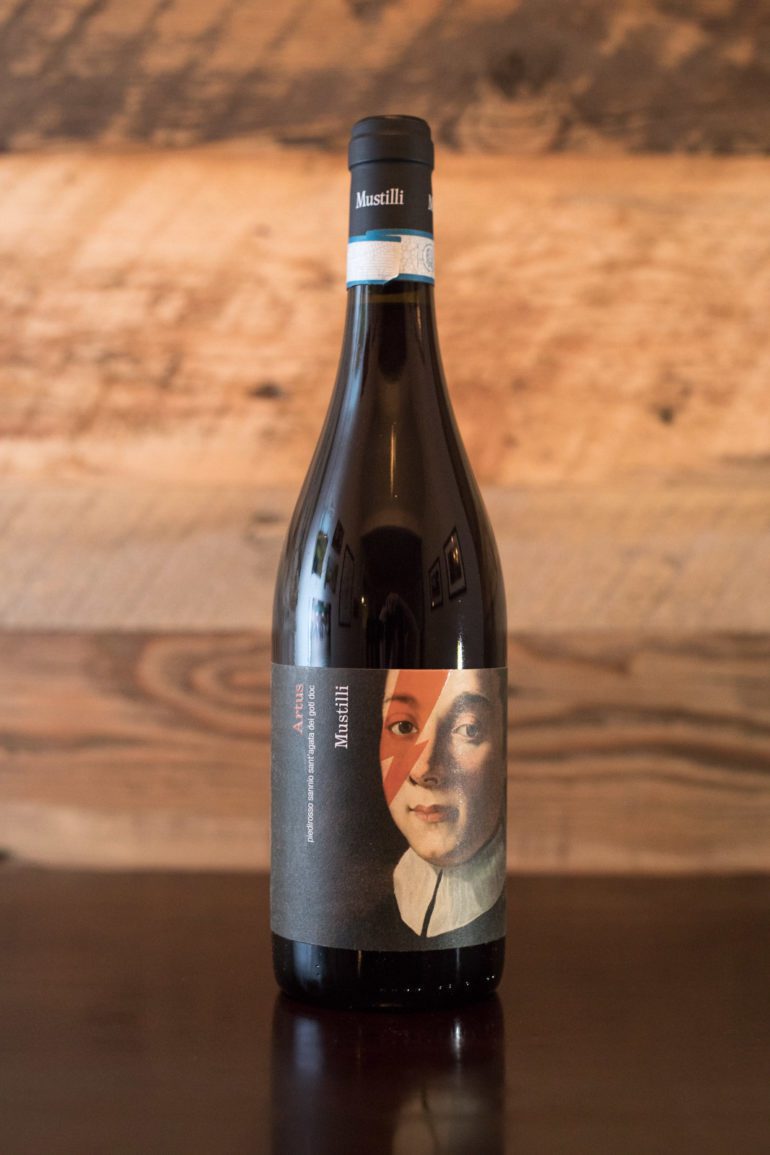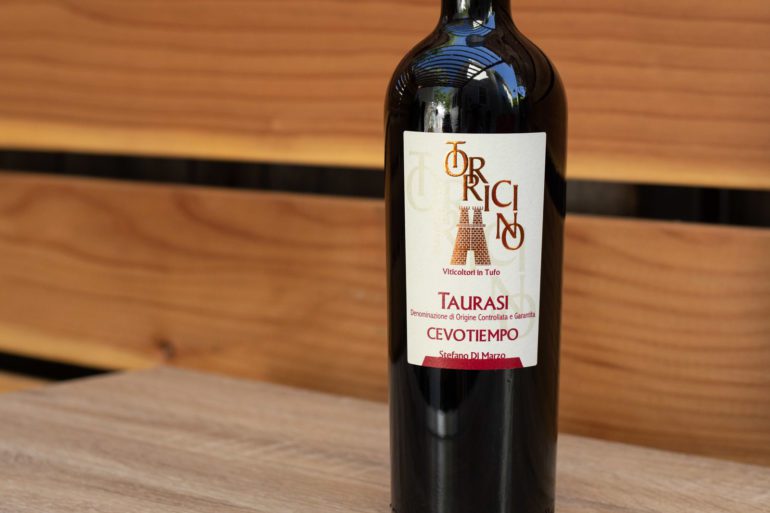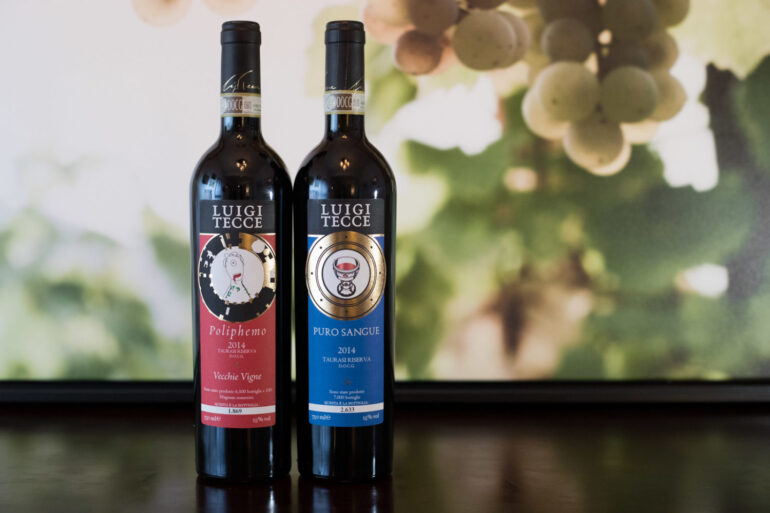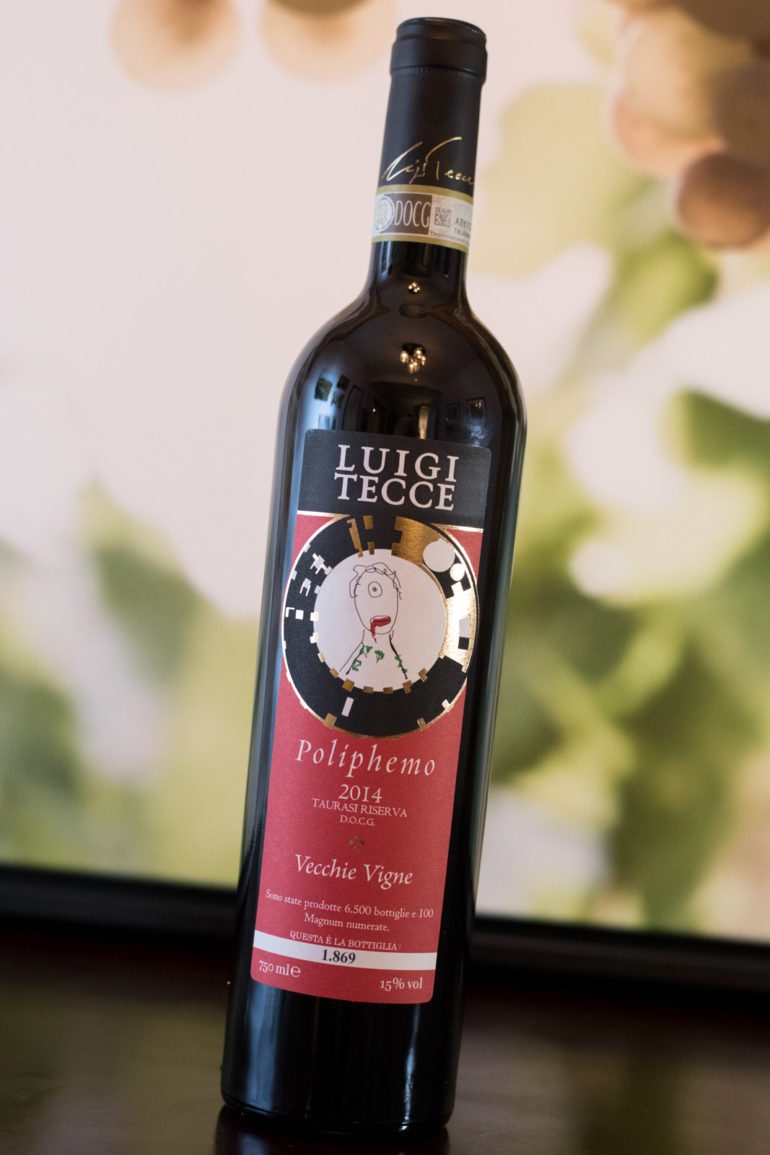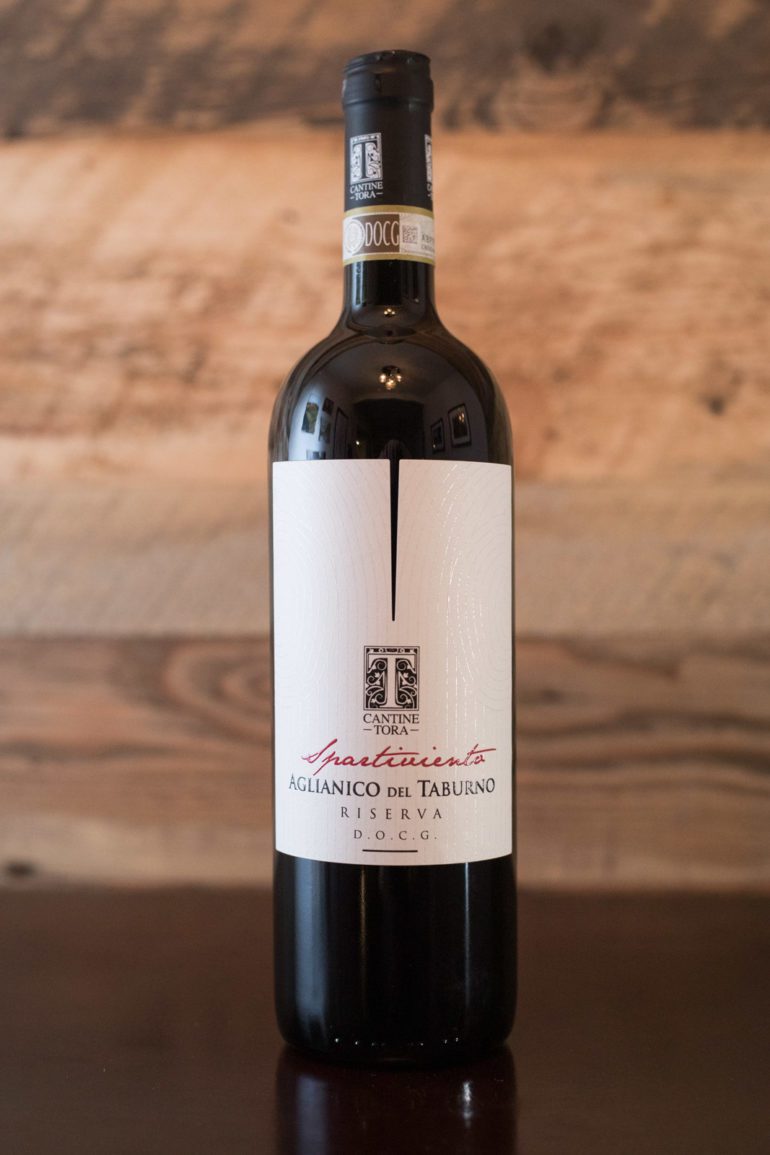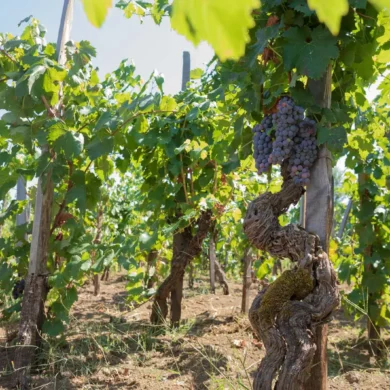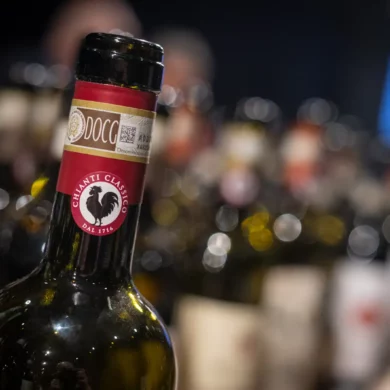Italy’s Campania is the land of Vesuvius, the Amalfi Coast and the mystique-rich islands of Capri and Ischia. It is San Marzano tomatoes and the origin story of pizza. It has lemons the size of your head and six of Italy’s most famous World Heritage Sites. And yet, when it comes to Campania’s wines, many Americans know very little. Its winemaking traditions date back to the Greeks (with Etruscan and Roman fingerprints, too) yet in modern times it has largely been the work of Mastroberardino — and to a lesser extent Feudi di San Gregorio and Terredora di Paolo — that has earned any substantial press. Even then, that attention has largely paled in comparison to what Piedmont, Tuscany and even Sicily have received.
Much of this has to do with volume. Despite its southern position, abundance of hills and lengthy winemaking history, Campania ranked only 11th in terms of volume among Italy’s 20 regions in 2020. In the American market, options from Campania are often confined to the larger producers.
But in terms of overall average quality, I would suggest that Campania ranks much higher, thanks to its adherence to three very special native grape varieties, as well as a smattering of interesting peripheral grapes. Those three are Fiano and Greco, which yield textural white wines that enliven the senses; and Aglianico, the brawniest and most savage of Italy’s red grapes. At their best, these grapes can yield some of Italy’s most memorable wines, and this year, I was determined to go find them.
How This Tasting Report Came About
Saying that 2021 was “not normal” in the wine industry is an understatement. Producers and importers lean heavily on travel and one-on-one contact, and with many of the major trade shows cancelled for another year, there was an increased hunger to connect virtually. One of Campania’s largest consortiums — Il Sannio Consorzio Tutela Vini — arranged a virtual tasting which I attended in April. Sannio and Irpinia are the two largest and most productive zones for wine in Campania. They fit neatly into one another on the map, snug against the Molise, Puglia and Basilicata borders in the highlands of north-central Campania. Sannio includes one of Campania’s four DOCG appellations (Aglianico del Taburno) while Irpinia holds the other, better-known three (Fiano di Avellino, Greco di Tufo and Taurasi, which is considered Italy’s top appellation for Aglianico).
Across 16 wines from 16 different producers, I was able to decipher some of the strengths and weaknesses of Sannio. In addition to red wines from Aglianico, Sannio is Falanghina country, an ancient and versatile white grape variety that frequently charms but rarely thrills like some of its counterparts. The standout from the tasting was neither grape, but rather a Piedirosso from Mustilli, which I profiled as one of our Wines to Admire, and have included below as well.
Beyond Sannio, I scoured the market — and worked some of my connections in the industry for samples — to explore a few known (Villa Mathilde, Ciro Picariello) and lesser-known producers (Torricino, Casa d’Ambra and Luigi Tecce). All told this summer, I tasted through 27 wines from Campania, giving them the usual time to open up and have their say, but also doing my best to taste them in appropriate side-by-side comparisons to weigh their pros and cons. Of them, these 12 selections stood out to me most, and in the case of one producer — Ciro Picariello — I was dazzled enough to confirm that they are indeed an Essential Winemaker of Italy. So be sure to check out their dedicated page as well.
Captions (from top down): A vineyard landscape in the heart of Campania, stock photo; Amalfi lemons, ©Hailey Day; the city of Amalfi, ©Kevin Day/Opening a Bottle; the vineyards at Monserrato 1973, ©Monserrato 1973; Winemaker Ciro Picariello, ©Oliver McCrum Wines; Harvest at Monserrato 1973, ©Monserrato 1973; Winemaker Luigi Tecce with his Aglianico vines in the Taurasi appellation. ©Portovino Imports
White Wines
2019 Casa d’Ambra Ischia Bianco
The technical readout on this wine doesn’t come close to telling its magic: it is a 50-50 blend of Biancolella and Forastera. It undergoes temperature-controlled fermentation so that its crisp and fresh, and it only depleted $16 from my editorial budget.
But it is this last bit that makes no sense. Because while this wine tastes like an easy-breezy patio sipper — and I certainly wouldn’t expect longevity in the cellar from it — it is very difficult to produce and bring to market. Harvested from remote, impossibly steep microplots on volcanic soil on the island of Ischia, the Casa d’Ambra’s 2019 Ischia Bianco (★★★★ 1/4) is a prime example of “heroic viticulture,” the term used to describe labor-intensive vineyards and the heroic effort they take to manage. I mean, just look at these vineyards. I am obsessed with this category of wine, and while this one may not have said much in a blind-tasting alongside a few Falanghina (or even Vermentino or other seaside Italian whites), I found its origins fascinating, and will likely seek out other Casa d’Ambra wines. Expect snappy green apple tones, ripe peach, light herbs and a saline-like tinge of acidity.
Learn more about these wine icons
2017 Antica Masseria Venditti “Vándari” Falanghina del Sannio
Falanghina is Campania’s workhorse white grape variety. It can be grown for traditional-method as well as tank-method sparkling wines, but for the most part, it has built its reputation on floral, dry white wines. It wasn’t always so. The grape was severely beaten back by phylloxera in the early 20th century, and only merited renewed interest in the 1970s from estates like Mustilli, Grotta del Sole and Villa Mathilde.
There are essentially two different Falanghina varieties in Campania — Falanghina Flegrea and Falanghina Beneventana, the latter being cultivated mostly in the Sannio area. They’re genetically distinct, but you likely won’t notice much of a difference in the glass. In fact, many Falanghina are fairly forgettable, often times because the two varieties are blended, producers go for volume over quality, and/or vineyard practices don’t allow the grape to realize its full potential. Antica Masseria Venditti’s expressive “Vándari” (★★★★ 1/2) is one of the better versions I’ve tasted. Textural and shape-shifting in its tones, the wine offers never-a-dull-moment thrills, and a nice herbal signature that feels just comfort enough to be delicious, but eclectic enough to be memorable.
Learn more about these wine icons
2019 Fattoria La Rivolta Coda di Volpe Sannio Taburno
Taking its name from “foxtail” because of the grape clusters’ long, wily shape, Coda di Volpe is a variety to watch for. It does not have the textural swaths of Fiano, nor the amiable disposition of Falanghina, but rather its contrasting elements lend it a certain agility at the table that is noteworthy. Fattoria La Rivolta’s 2019 Coda di Volpe (★★★★ 1/2) from the Taburno area of the Sannio region juxtaposes tart and buttery tones with a boldness that I found distinctive. Look for an herbal tinge on the nose; it reminded me of the spearmint that grows in our yard.
Learn more about these wine icons
2020 Torricino Greco di Tufo
One of Campania’s four DOCG-level wines, Greco di Tufo is often overlooked because of its more famous roommate in the area, Fiano di Avellino. Greco di Tufo does not have the same consistency, in my opinion, but its highlights (including these next two wines) are ridiculously bright.
Torricino is the work of winemaker Stefano di Marzo, whose winery in Tufo specializes in Greco. His 2018 Greco di Tufo (★★★★ 3/4) sources from a variety of subzones within the appellation, and offers a wine of ample generosity. The subtle nose reveals aromas akin to white peach, lemon peel and chamomile, but it is the rounded and polished texture — with a flinty tinge on the finish — that I found most captivating. This is likely because the wine spends four months on the lees as it settles in stainless-steel tanks post-fermentation, and these spent yeast cells are known to contribute a lovely, glossy texture to wine when given the chance.
Learn more about these wine icons
2018 Ciro Picariello Greco di Tufo
Ciro Picariello (pictured at left) is among a small handful of Southern Italian winemakers whose wines can go toe-to-toe with the world’s best white wine producers. They are full of aromatic surprises, consistently versatile and richly textural, and best of all, they’re still incredibly affordable, given the company I am placing him in.
Ciro has developed a following for his incredible Fiano (detailed below), but the 2018 Greco di Tufo (★★★★ 3/4) is equally fascinating. It behaves a little bit like a sleeper hit film, whose success did not occur at the box office but rather later when it went to streaming. Instead of wowing with aromas up front, this Greco di Tufo bursts like a water balloon on the palate. I’ve found this to be one of Greco’s personality quirks: subtle nose, massive flavor. The same could be said for Torricino’s version above. Akin to apricots and lemon tea with hazelnut edges, the wine’s flavors are exotic and memorable, with a mouthwatering finish that entices.
We’ve loved Ciro’s work with Fiano and even Aglianico for a bit, but this wine clinched his spot on the Essential Winemakers of Italy list.
Learn more about these wine icons
2018 Ciro Picariello “Ciro 906” Fiano di Avellino
So what about Ciro Picariello’s bread-and-butter work with Fiano?
Well, here is the thing about Fiano: ordinary bottles can be written about, but extraordinary ones defy language. It is especially tricky business to place Fiano in context for a newcomer. Do you compare it to great Albariño because of the contented mood it conjures, or is Chablis more appropriate for its quiet dignity and multifarious tones?
Neither is quite right, as Ciro Picariello’s 2018 “Ciro 906” Fiano di Avellino (★★★★★) demonstrated to me, because those wines miss the faintly smoky aura, the enveloping tone of peach that is as gracious and generous as an Italian nonna, and the acidity that could outrun them all. Even then, I find my words insufficient because this wine also has a sense of calm and patience that counters its heightened elements. For every note I wrote down on the “Ciro 906,” there was a counterpoint to balance out the equation. This is a great wine, and certainly worth hunting down.
Learn more about these wine icons
Red Wines
We have made it to the red wines! Need a breather? I do. (Cracks knuckles).
Clearly, one of the great things about exploring Campania is its diversity. On the red wine spectrum, the show pony grape is certainly Aglianico. It’s massive, chewy, complex and can age. It often reaches its apex in Taurasi, which was the lone DOCG-level appellation in Southern Italy for many years. Taurasi’s reputation for bold, age-worthy reds was originally forged by brothers Antonio and Walter Mastroberardino, and has since been upheld by a generations of talent. But be careful with its nickname, the “Barolo of the South.” I find it completely misleading. Yes, these wines are vintage-sensitive and site-specific like Barolo, and they have considerable endurance in the cellar. But their tenor, their mood, their taste — it is completely different (the subject of a forthcoming article, I’m sure). Also look for wines from the Aglianico del Taburno DOCG in Sannio, of which I have one profiled below.
There are also several red grapes anchoring lighter ends of the spectrum, which we start off with here. As Campania’s wine industry continues to evolve and connect with international audiences, I anticipate that these wines will take on more importance.
2019 Monserrato 1973 Barbera del Sannio
I did a double-take when I saw this label: Campania grows Barbera? Interesting. After all, Barbera — the most widely planted grape in northwestern Italy’s Piedmont, and a regular guest star on Opening a Bottle — has virtual no presence through central Italy.
Here is where I insert “this being Italy” into my report, because upon closer investigation, this grape — Barbera del Sannio — is not genetically related to Barbera at all. Its cluster just looks like Barbera’s cluster. The similarities end there, as it is much lower in acid, yet appears higher in tannin. This version was significantly fruity, recalling muscat grapes and purple berries. It also had a compelling sour tang to it, while coarse and sneaky tannins only arrived on the finish. This wine is out there in its own orbit, but finds its way at the table alongside hearty pasta dishes.
This wine comes from a farm that produces numerous other crops and culinary products that are mostly distributed in Italy.
Learn more about these wine icons
2017 Mustili “Artus” Piedirosso Sannio Sant’Agata dei Goti
“Artus” was featured as one of this year’s Wines to Admire, but in case you missed that write-up, know this: the Piedirosso grape is beginning to get its due, in large part because light-bodied, savory, low-alcohol red wines are (rightly) in fashion. I found that this wine’s tart red fruits, earthy and savory qualities on the nose, and a faint tang of salinity, made for very interesting sipping. Read the full write-up.
Learn more about these wine icons
2016 Torricino “Cevotiempo” Taurasi
Profiled above for their exceptional Greco di Tufo, Torricino also makes an exquisite and precise Aglianico in the DOCG of Taurasi. The 2016 “Cevotiempo” Taurasi (★★★★ 3/4) is a great alternative for aficionados of the Southern Rhône. It has the same juiciness that a Grenache from Châteauneuf-du-Pape and Gigondas would have, but its complemented by the wild, upcountry Campania flavors of smoked meat and orange peel that hallmark the best Taurasi. This wine is potent, too: 15% ABV. We served it with Cajun dirty rice and bacon, and it was a superb match.
Learn more about these wine icons
2014 Luigi Tecce “Puro Sangue” Taurasi Riserva
Luigi Tecce fell into winemaking by circumstance. While working as an assistant in the Italian Parliament in Rome in 1997, Luigi’s father suddenly passed away on the family farm in Paternopoli — literally, “father’s new town” in Latin. Luigi was left with the estate and countless memories, but little in the way of know-how. So, he steadily figured things out his own way, and has developed an avid following from Italian wine lovers for his unfettered and expressive Taurasi.
The 2014 “Puro Sangue” Taurasi Riserva (★★★★ 3/4) is a wild man who just came out of the woods unshaven, scuffed up, yet ripped with muscles from his toil in the wilderness. I have never had a wine quite like it. On the nose, it fills the senses with impressions of iron, tomato leaf, blackberries, faint ash and minerals. There is nothing smooth about its texture, but it is held together by a steel cable of acidity that seems to vibrate but not break. Broad tannins suggest specific food pairings to handle this monster: I suggest a slow-smoked barbecue brisket and a lawn chair.
Note that this wine is unfiltered and throws quite a bit of sediment. You will want a decanter.
Learn more about these wine icons
2014 Luigi Tecce “Poliphemo” Taurasi Riserva
Tecce’s 2014 “Poliphemo” Taurasi Riserva (★★★★★) takes the unpredictability of the “Puro Sangue” and steady’s the ship. Yes, the character here still feels a bit raw, but it is authentic — it is as though the wild man of the woods has settled down and is now writing his memoir, steadily making sense of a life of trials and travails. Again we find tones of blackberries and that iron-streak through the middle of the aromas and flavors — the word “bloody” came to mind a few times for me. But this time, floral aromatics and herbs filled in my mental picture, and the integration of elements on the palate — sinewy acidity; coarse tannins; a juicy, flush finish — was quite cohesive.
The magic of this wine certainly stems from the 80-year-old vines that produce it — a family heirloom for Tecce. Taurasi is known for having some of Italy’s oldest, most gnarled vines, and their endurance is a precious gift to the wine world. “Poliphemo” should rise to the top of your must-have list. (But again, get your decanter: it’s unfiltered and throwing a lot of sediment).
Learn more about these wine icons
2013 Cantine Tora “Spartiviento” Aglianico del Taburno Riserva
Taurasi certainly does not have the premium Aglianico market cornered. In the neighboring region of Basilicata, Aglianico del Vulture has steadily garnered attention thanks to a handful of quality-minded producers, and in Campania’s Sannio wine-growing region, Aglianico del Taburno achieved DOCG status in 2011.
Cantine Tora reveals some of this promise with their top bottling, a single-vineyard Aglianico del Taburno Riserva (which requires three years of aging with one year in wood) called “Spartiviento.” I sampled the 2013 vintage (★★★★ 1/2) which was marked by robust red fruit, sagebrush and espresso-like tones, and significant umami. Even at eight years of age, it seemed like “Spartiviento” needs more time to integrate, as the chalky, powdery tannins had a vigor that bordered on distraction. In due time, they will settle, which underscores Aglianico’s aging capability. It may be misleading to compare it to Nebbiolo in terms of personality and flavor profile, but it can run a marathon just the same.
Learn more about these wine icons
Note: All wines from Sannio were provided as samples by Il Sannio Consorzio Tutela Vini as part of a virtual masterclass they were conducting for American wine professionals. Luigi Tecce’s wines were provided as samples by his importer, Portovino Italiano, upon request, as were Ciro Picariello’s wines (importer: Oliver McCrum). Torricino offered to provide samples through their importer as well. Samples from other importers as well as a few purchased wines (Casa d’Ambra, others) did not qualify for this report.
